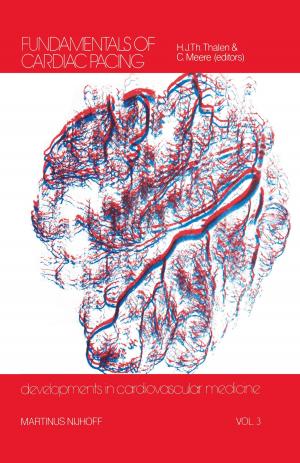Colonic Microbiota, Nutrition and Health
Nonfiction, Science & Nature, Technology, Food Industry & Science, Health & Well Being, Medical, Medical Science, Physiology| Author: | ISBN: | 9789401710794 | |
| Publisher: | Springer Netherlands | Publication: | March 14, 2013 |
| Imprint: | Springer | Language: | English |
| Author: | |
| ISBN: | 9789401710794 |
| Publisher: | Springer Netherlands |
| Publication: | March 14, 2013 |
| Imprint: | Springer |
| Language: | English |
1 2 MARCEL B. ROBERFROID AND GLENN R. GIBSON 1 Universite Catholique de Louvain, Department of Pharmaceutical Sciences, Avenue Mounier 73, B-1200 Brussels, BELGIUM 2 Food Microbial Sciences Unit, Department of Food Science and Technology, The University of Reading, Reading, UK It is clear that diet fulfils a number of important human requirements. These include the provision of sufficient nutrients to meet the requirements of essential metabolic pathways, as well as the sensory (and social) values associated with eating. It is also evident that diet may control and modulate various body functions in a manner that can reduce the risk of certain diseases. This very broad view of nutrition has led to the development of foodstuffs with added "functionality". Many different definitions of functional foods have arisen. Most of these complicate the simple issue that a functional food is merely a dietary ingredient(s) that can have positive properties above its normal nutritional value. Other terms used to describe such foods include vitafoods, nutraceuticals, pharmafoods, foods for specified health use, health foods, designer foods, etc. Despite some trepidation, the concept has recently attracted much interest through a vast number of articles in both the popular and scientific media.
1 2 MARCEL B. ROBERFROID AND GLENN R. GIBSON 1 Universite Catholique de Louvain, Department of Pharmaceutical Sciences, Avenue Mounier 73, B-1200 Brussels, BELGIUM 2 Food Microbial Sciences Unit, Department of Food Science and Technology, The University of Reading, Reading, UK It is clear that diet fulfils a number of important human requirements. These include the provision of sufficient nutrients to meet the requirements of essential metabolic pathways, as well as the sensory (and social) values associated with eating. It is also evident that diet may control and modulate various body functions in a manner that can reduce the risk of certain diseases. This very broad view of nutrition has led to the development of foodstuffs with added "functionality". Many different definitions of functional foods have arisen. Most of these complicate the simple issue that a functional food is merely a dietary ingredient(s) that can have positive properties above its normal nutritional value. Other terms used to describe such foods include vitafoods, nutraceuticals, pharmafoods, foods for specified health use, health foods, designer foods, etc. Despite some trepidation, the concept has recently attracted much interest through a vast number of articles in both the popular and scientific media.















